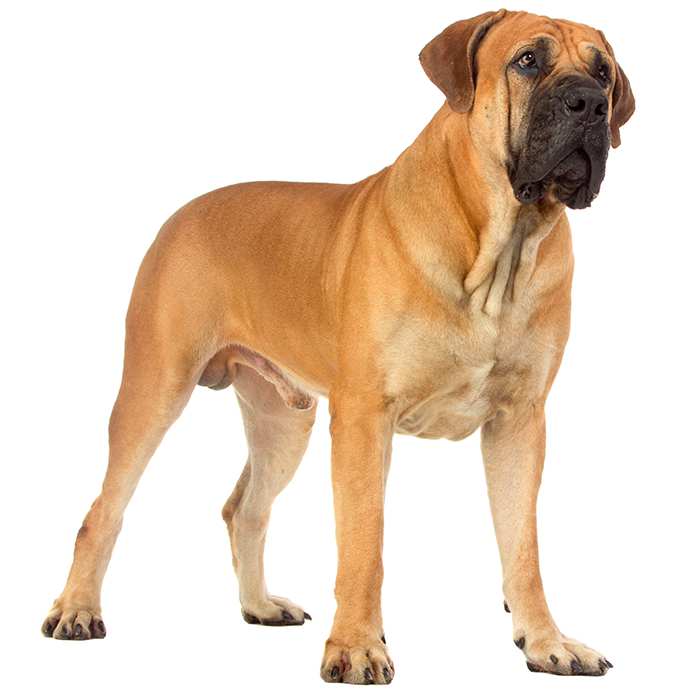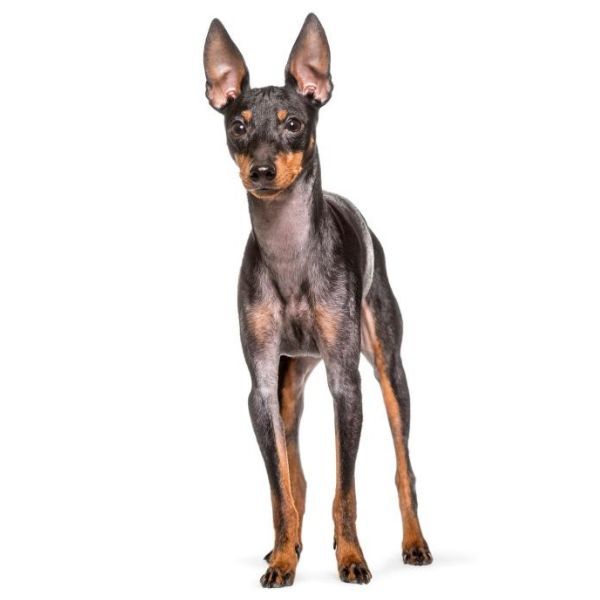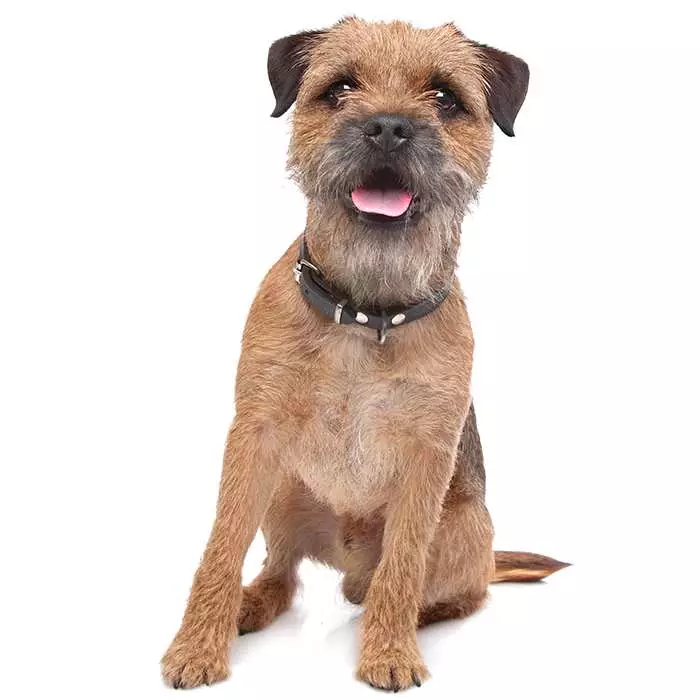Cavalier King Charles Spaniel
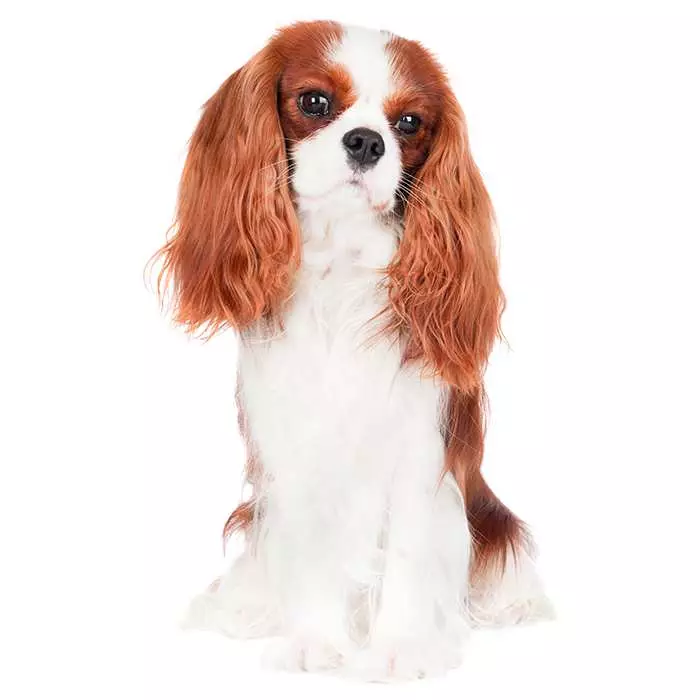

| Recommended for | Families |
| Breed Classification | Toy |
| Other names | Cavalier, Charlie, Cavie |
| Lifespan | 9-14 years |
| Size | Toy |
| Temperament | Affectionate, gentle, lovable |
| Intelligence | Above average |
| Tendency to bark | Low |
| Maintenance Level | Low – medium |
| Health Risk | This breed has a higher than average probability of developing health issues during its lifetime, hence the cost to insure is above average. |
Insuring a Cavalier King Charles Spaniel?
Get our award-winning Nose-to-Tail Cover with up to $30k annual benefit limit, up to 90% of eligible vet bills back, and no sub-limits.
Get a quick quote
Is this breed right for you?
Try our breed selector quiz to find out your best matching breed!
Insuring a Cavalier King Charles Spaniel?
Get our award-winning Nose-to-Tail Cover with up to $30k annual benefit limit, up to 90% of eligible vet bills back, and no sub-limits.
Get a quick quote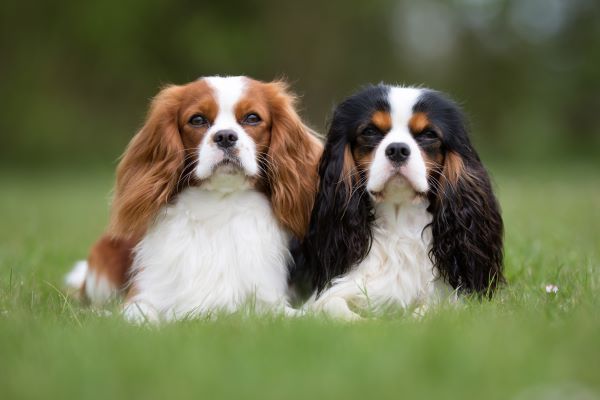
Breed history of Cavalier King Charles Spaniels
Cavalier King Charles Spaniel was originally developed by cross breeding the King Charles Spaniel with the Pug, a popular breed amongst the aristocratic class and royals of the 1600’s and 1700’s. The mix produced a spaniel with a shorter pug-like nose and a smaller body size, resulting in the toy profile that is the Cavalier King Charles Spaniel’s hallmark.
Mary, Queen of Scots was accompanied by a toy spaniel as she walked to her beheading and King Charles II, after whom the breed is named, reportedly never went without at least one or two toy spaniels by his side. In fact, King Charles II loved the little dogs so much that he directed that spaniels be allowed in any and all public spaces – including the Houses of Parliament.
Spaniels of all types remained popular house dogs in England for many years, but no breeding standards were determined until dog shows began to generate interest in the mid-1800s. It would be another one hundred years until the Cavalier King Charles Spaniel was officially designated a different breed to the stubbier-nosed King Charles Spaniel. It was only in 1945 that the breed was officially recognised.
Nowadays, Cavalier King Charles Spaniels are very popular amongst families and the elderly in Australia.
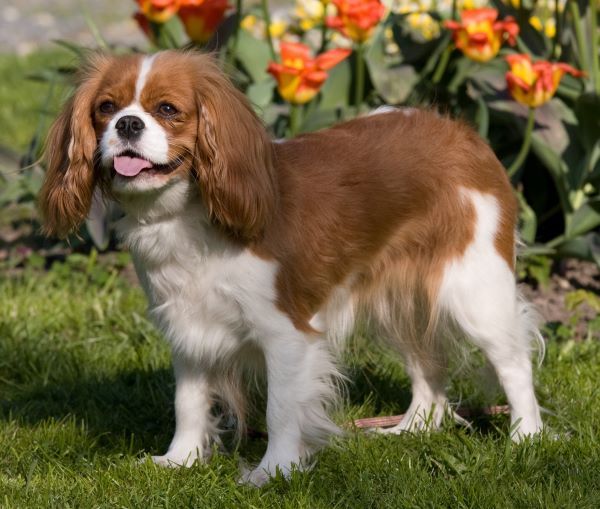
Physical description of Cavalier King Charles Spaniels
The Cavalier King Charles Spaniel is a small dog with long, floppy, silky ears, large, round, expressive eyes, a flattish face and a short, stubby nose.
It has a moderately long, soft, wavy coat and a well-feathered chest and tail.
The breed comes in a variety of colours, including black and tan, black and white, red and white (known as Blenheim) and a mahogany red.
| Weight range | 5 to 8 kg |
| Height range | 30 to 33 cm |
| Colours | Blenheim, black & tan, black & white, red |
| Coat length | Medium to long |
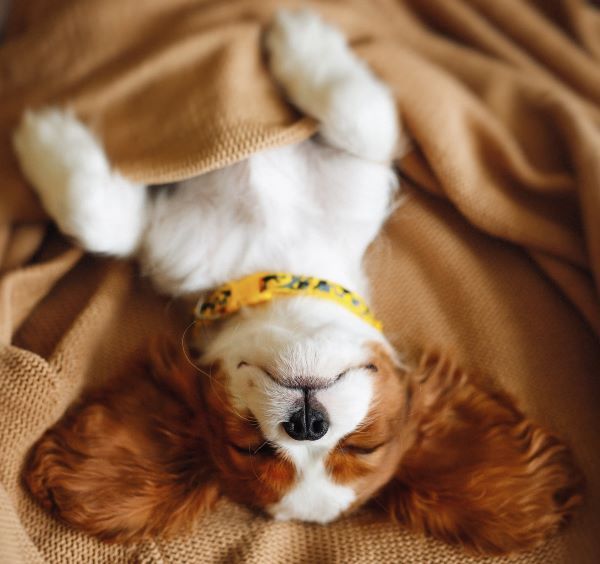
Cavalier King Charles Spaniel personality and temperament
The Cavalier King Charles Spaniel has a fantastic reputation for being very gentle, kind and good-natured. They are very affectionate, and eager to please their humans. Friendly towards strangers, Cavaliers are very people-orientated and need a good deal of human contact.
They are very adaptable dogs who will thrive both with energetic owners, often resulting in their enthusiastic involvement in all activities, and those with reduced mobility. Cavaliers are extremely happy indoors, being the couch potato, and well suited to smaller dwellings like apartments or townhouses, although even a small backyard is best.
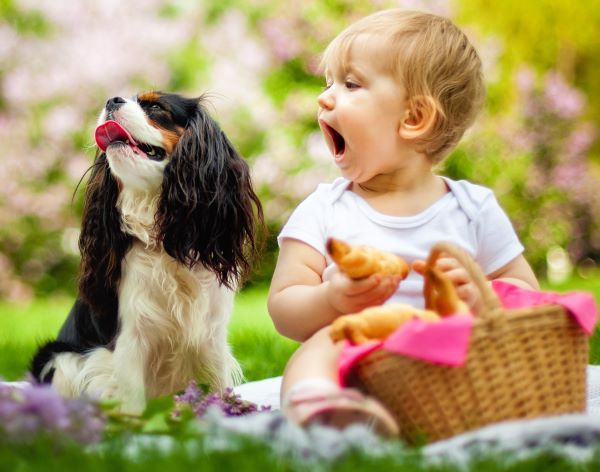
Cavalier King Charles Spaniels with kids and other pets
Cavaliers get along nicely with children, making them a hit with young families. However, it’s important to supervise them with smaller children; because the Cavalier is small, it may not be as tolerant to provocation as some larger dogs are. It may also be accidently injured by over-enthusiastic toddlers.
The breed generally gets on well with other dogs and can learn to be tolerant of other pets in the home, even cats. Some Cavaliers have a strong hunting instinct and may try to chase (or eat!) birds and other small animals.
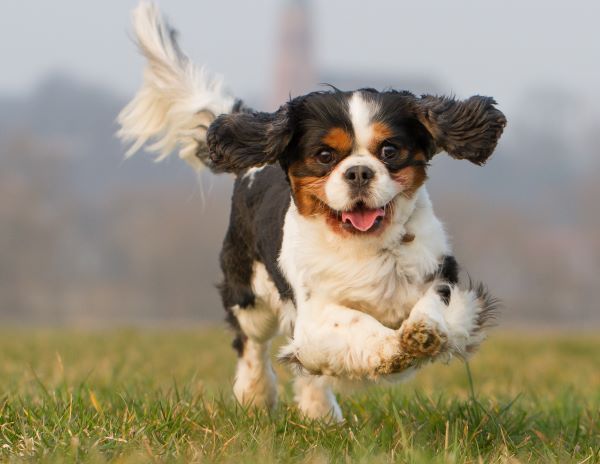
Cavalier King Charles Spaniel training and exercise
The Cavalier was bred to be a lap dog, but as descendants of sporting dogs, they do enjoy moderate exercise and outdoor activities. They will happily go on walks with their owners and even perform well in a number of canine sports, including obedience, rally, and agility. But they are also just as glad to lounge on the sofa all day.
The breed is prone to developing breathing problems in the extreme heat. They aren’t really suited to hot Australian summers, so early morning walks or after the sun goes down is the best way to keep your Cavalier happy and healthy.
Because of the hunting background of the breed, the Cavalier may try to chase cars, bikes, birds and other small animals. Keeping them on a leash or in a fenced area is essential; sadly, many a Cavalier has been hit by an unsuspecting driver.
Training the Cavalier is not difficult because they are smart and eager to please their humans. Positive reinforcement is key. Early socialisation and puppy training are a good way to avoid potential behavioural problems.
| Energy level | Moderate |
| Exercise requirements | Medium |
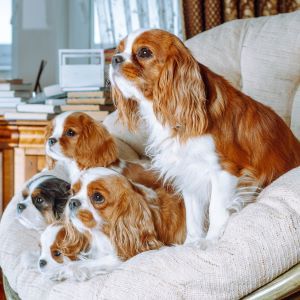
Cavalier King Charles Spaniel feeding and nutrition
The Cavalier should do well on a high-quality, balanced diet that is appropriate to the dog’s age (puppy, adult, or senior) and activity level.
Cavaliers can be prone weight gain, so monitor your dog’s calorie consumption and weight level. Give treats and table scraps in moderation as over-feeding can cause obesity.
If you feed a wet or raw diet, it’s a good idea to cover the ears with a snood, or headband, or pull them back with a hair scrunchy while your Cavalier eats. Otherwise, they’ll end up with food in their fur.
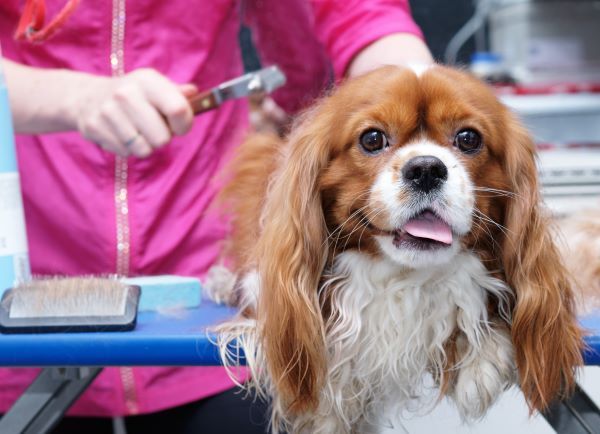
Cavalier King Charles Spaniel care and grooming
Regular brushing and occasional visits to the groomers are necessary to keep the Cavalier’s coat in top condition.
Cavaliers do shed, especially during spring and autumn.
Health issues for Cavalier King Charles Spaniels
- Mitral Valve Disease (MVD) is very common in the Cavalier King Charles Spaniel. MVD begins with a heart murmur that becomes increasingly problematic until the animal suffers heart failure and dies. This form of heart disease can occur in many breeds but will generally occur at a much younger stage in the Cavalier King Charles Spaniel. The condition is thought to be genetic.
- Syringomyelia is a condition where the formation of the skull is too small for the brain. This can cause the dog mild discomfort or a great deal of pain, depending on the severity of the condition. If your Cavalier King Charles Spaniel shows tenderness around the neck, head or shoulders, often whimpers when touched or scratches at the head, visit the vet as soon as possible for assessment.
- Hip Dysplasia is a hereditary condition and common in many breeds where the hip doesn’t develop as it should, causing laxity (looseness) in the joint and often resulting in prolonged limping and eventually lameness in later life.
- Patellar Luxation is the dislocation of the kneecap and the condition affects many dogs including the Cavalier King Charles Spaniel. It can cause lameness over time, but many dogs continue to live normal lives.
- Keratoconjunctivitis Sicca, also known more commonly as ‘dry eye’, is usually caused by an autoimmune reaction targeting the animal’s tear glands, resulting in a reduction in the generation of tears. Symptoms include sore or irritated eyes. Once diagnosed by your vet, this condition can be easily corrected.
Not all conditions are covered by Pet Insurance. For details of Bow Wow Meow Pet Insurance cover, refer to the Product Disclosure Statement.
Thinking about insuring a Cavalier King Charles Spaniel
Thinking about insuring a Cavalier King Charles Spaniel
Learn moreThinking about insuring a Cavalier King Charles Spaniel
Learn moreFree engraved pet ID tag on sign up3
Customer Satisfaction
21 day cooling off
Easy to use Pet Portal

GapOnly® in vet claims
MORE INFORMATION
Cavalier King Charles Spaniel Club of NSW: http://www.cavaliersnsw.com/
Cavalier King Charles Spaniel Club of Victoria Inc: http://www.cavalierclubvictoria.com/

